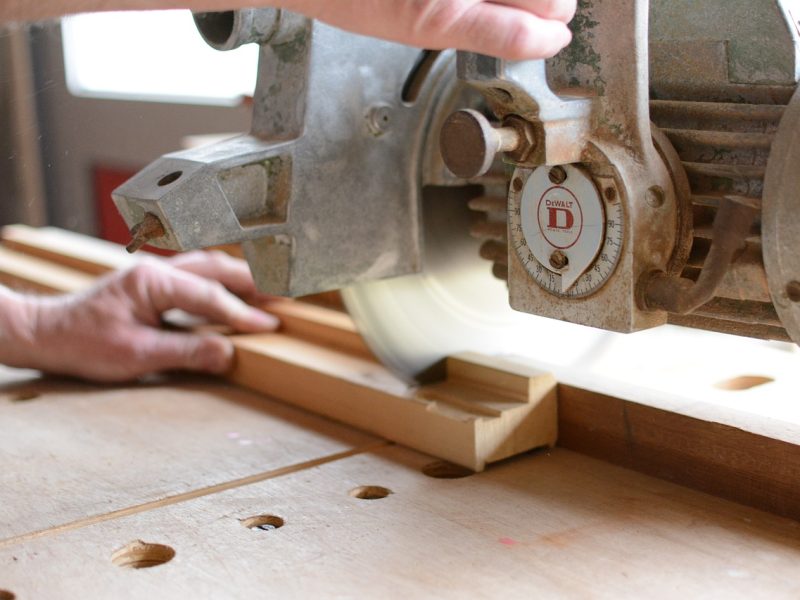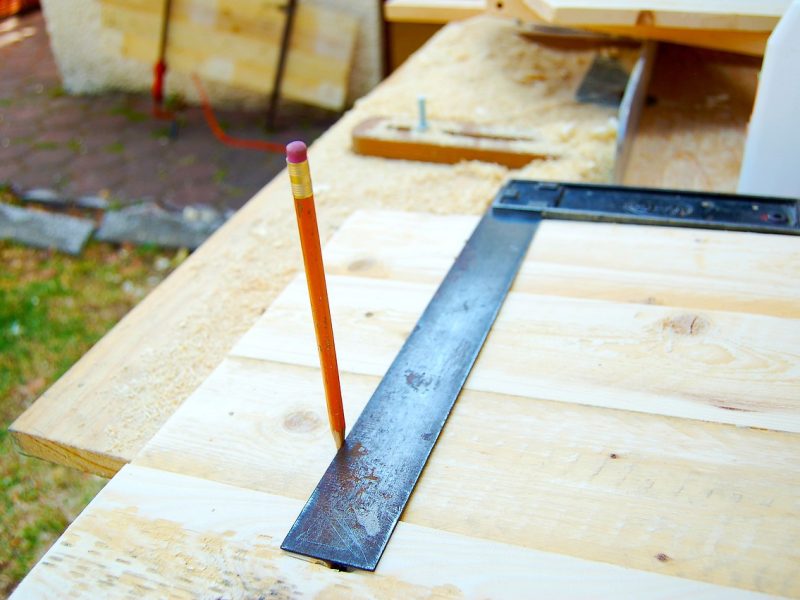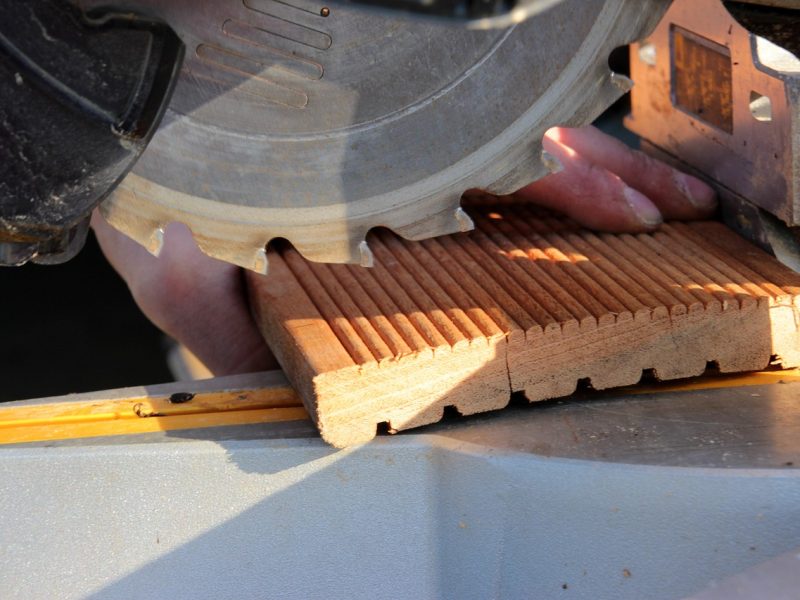
Mortise and Tenon Joint: A Classic Foundation
One of the oldest and most reliable joinery techniques is the mortise and tenon joint. This technique dates back thousands of years, used by ancient Egyptians and Chinese carpenters. The basic idea is simple: a tenon (a projection at the end of a piece of wood) fits into a mortise (a corresponding hole in another piece of wood). Once fitted together, this joint forms a strong and durable bond, often without the need for nails or screws.

Dovetail Joint: The Hallmark of Craftsmanship
When it comes to beauty and strength, the dovetail joint is hard to beat. Recognizable by its interlocking trapezoidal shapes, this joint is most often found in drawer construction, box making, and cabinetry. The dovetail joint provides exceptional resistance to pulling forces, which makes it ideal for applications where tension or stress may be an issue.

Biscuit Joint: Modern Convenience
The biscuit joint is a relatively modern innovation compared to ancient techniques like the mortise and tenon. Popularized in the 20th century, the biscuit joint involves cutting a crescent-shaped slot into two pieces of wood and then inserting a thin, oval-shaped "biscuit" made from compressed wood. When glued, the biscuit swells slightly, creating a tight bond between the two pieces.


